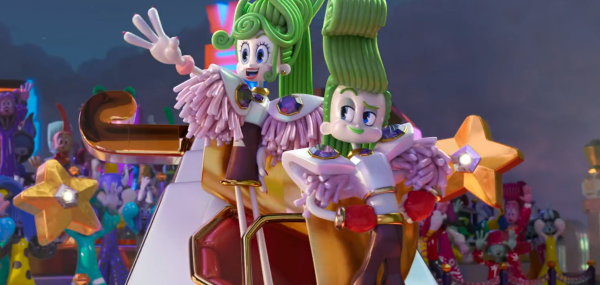Hip-Hop: Yesterday and Today
March 1, 2019
From its underground beginnings to becoming the most popular music genre of the past two decades, hip-hop has had an enormous impact on not only the African-American community but every community in the world. Hip-hop reached its peak in the 1990s when some of the greatest artists of the genre came into the spotlight. Artists such as Tupac Shakur, The Notorious B.I.G., Dr. Dre, Nas, The Wu-Tang Clan, Outkast, and many other of the all-time greats.
The style of hip-hop during the “Golden Era” was formed to relate to people’s emotions and leave a lasting message, as opposed to the style of mainstream hip-hop of 2019, where having a lyrical style isn’t anywhere near as important as having a “lit” beat. This lyrical style was popular because the rapper had meaning and purpose behind their music, which resonated with fans who related to the struggle the rapper went through.
One question that comes to mind when thinking about hip-hop’s progression is, “If Tupac Shakur’s music was removed from the 1990s and moved into 2019, would it still be as influential as it was during the generation in which it was originally created?” This question is a tough one to answer and it not only applies to Tupac but any major artist during his generation. The answer is no because his music was made for his specific generation.
Not to say that people from later generations or future generations shouldn’t be allowed to listen to and enjoy his music, but rather, the only people who are able to truly understand the impact of his music, are the people from his generation.
In 2019 hip-hop is completely different than it has been in any other generation — the most popular type of hip-hop in this day and age is “mumble rap,” which is a term that is often used to describe rappers that put little emphasis on lyricism. Some of the most popular artists of 2019 that fall under the “mumble rapper” category are rappers such as 6ix9ine, Lil Pump, Lil Uzi Vert, Lil Yachty, and many more. The reason for this spike in the mumble rap genre is mostly due to the demand in hearing a “lit” beat rather than what that artist is representing.









